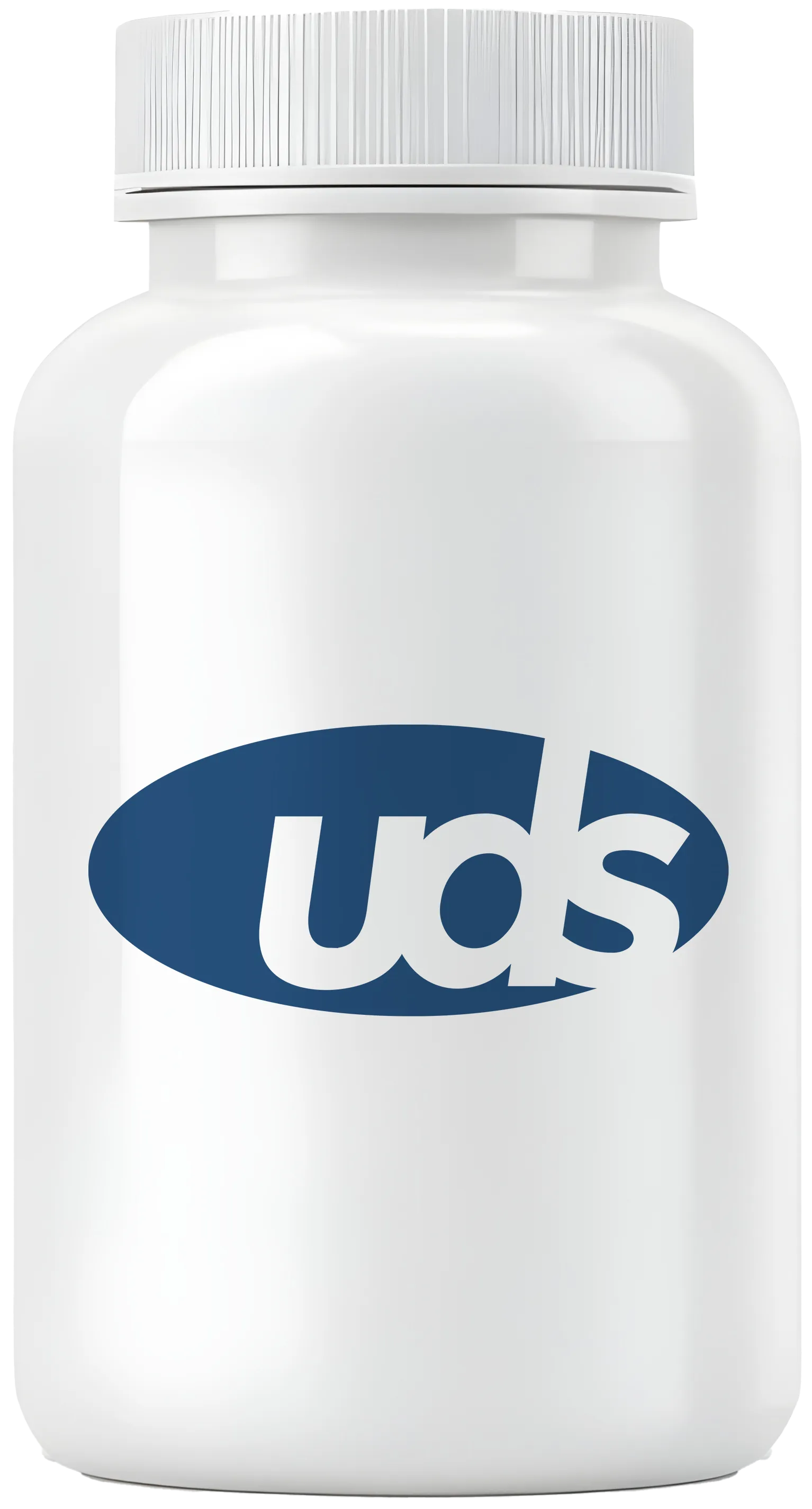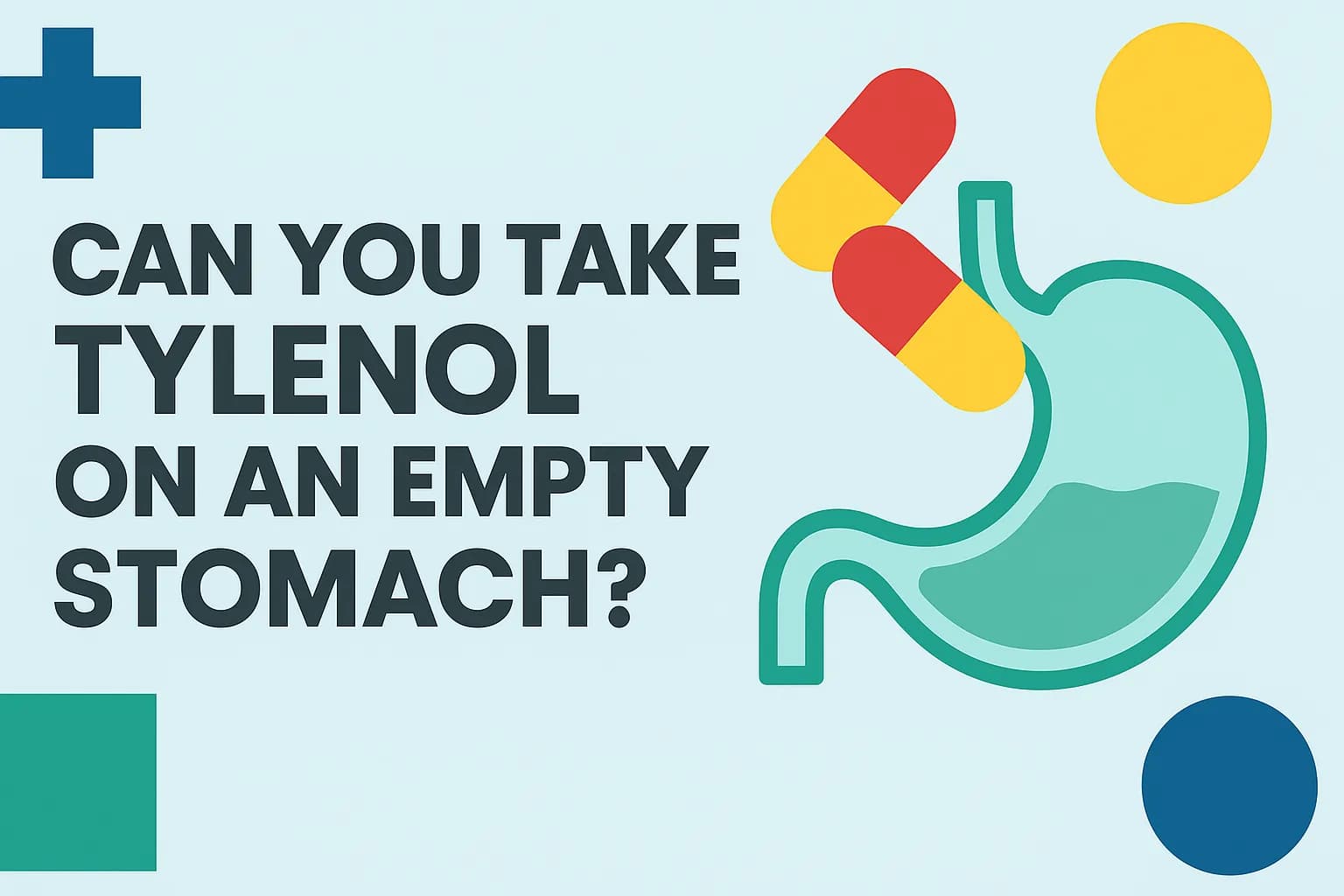Can you take Tylenol and ibuprofen together?

Acetaminophen and ibuprofen are two of the most commonly used over-the-counter pain relievers and fever reducers. Acetaminophen also helps reduce fever, while ibuprofen is a nonsteroidal anti-inflammatory drug that reduces inflammation.
Because they work differently and are processed differently by the body, you can take them together under your healthcare provider’s guidance if you have chronic or severe pain. Studies have shown that alternating acetaminophen and ibuprofen can be as effective as low-dose opioid combinations and may reduce the need for stronger painkillers.
How do you alternate Tylenol and ibuprofen?
If you need extra relief, you can alternate Tylenol (acetaminophen) and Advil/Motrin (ibuprofen). Take them two to four hours apart. For example, take Tylenol at 8:00 am, then ibuprofen at 10:00 am, and continue alternating throughout the day, without exceeding each medication’s maximum daily dose.
What is Tylenol used for?
Tylenol is an over-the-counter pain reliever and fever reducer used for:
- Headaches
- Backaches
- Minor arthritis pain
- Toothaches
- Muscle aches
- Premenstrual and menstrual cramps
- Temporary reduction of fever
How does Tylenol work?
The exact mechanism is not fully understood. It is believed to alter how the brain perceives pain and to act on the body’s temperature-regulating center to reduce fever.
Possible side effects of Tylenol
Common side effects are rare but may include nausea and headache. Serious side effects requiring immediate attention include:
- Allergic reactions such as rash, hives, swelling of the face or throat, or difficulty breathing
- Liver damage, signaled by dark urine, fatigue, abdominal pain, or yellowing of the skin or eyes
Drug interactions with Tylenol
Tell your healthcare provider about all the medications and supplements you take, including:
- Warfarin
- Alcohol
- Other products containing acetaminophen
What warnings apply to Tylenol?
Do not take Tylenol if you are allergic to acetaminophen or have severe liver disease. Limit or avoid alcohol while using Tylenol to reduce liver risk. Consult your provider if you have any concerns.
Shop Medications
What is ibuprofen used for?
Ibuprofen is an NSAID used to treat:
- Osteoarthritis and rheumatoid arthritis symptoms
- Back pain and muscle aches
- Cold symptoms
- Menstrual cramps
- Fever reduction
How does ibuprofen work?
Ibuprofen blocks the COX-2 enzyme to reduce prostaglandin production, which decreases pain and inflammation. It also blocks COX-1, which can increase the risk of gastrointestinal side effects.
Possible side effects of ibuprofen
Common side effects include headache, stomach pain, diarrhea, and indigestion. Rare but serious side effects include:
- Severe allergic reactions with hives, swelling, or breathing difficulty
- Increased risk of heart attack, stroke, and blood clots
- Stomach ulcers, bleeding, or perforations
- Elevated liver enzymes and liver damage
- Increased blood pressure and worsening heart failure
- Kidney damage with long-term use
- Severe skin reactions such as rash or blisters
Drug interactions with ibuprofen
Ibuprofen can interact with other medications. Common interactions include:
- Other NSAIDs (such as naproxen)
- Blood thinners (aspirin, warfarin)
- Selective serotonin reuptake inhibitors
- Blood pressure medications (ACE inhibitors, ARBs, beta-blockers, diuretics)
- Methotrexate
- Alcohol
Warnings for ibuprofen
NSAIDs carry boxed warnings for increased risk of heart attack, stroke, and serious gastrointestinal bleeding, ulcers, or perforations. Do not use NSAIDs if you have had coronary artery bypass graft surgery.
Related Medications
- Tylenol Arthritis (acetaminophen)
- Aleve (naproxen sodium)
- Advil or Motrin (ibuprofen)
- Mobic (meloxicam)
Sources
- Ibuprofen. StatPearls Publishing. Accessed Aug. 22, 2024.
- Acetaminophen. StatPearls Publishing. Accessed Aug. 22, 2024.
- Merry AF, et al. Br J Anaesth. 2010;104(1):80–88. doi:10.1093/bja/aep338. Accessed Aug. 22, 2024.
- Aitken P, et al. J Pain Res. 2019;12:621–634. doi:10.2147/JPR.S189605. Accessed Aug. 22, 2024.








